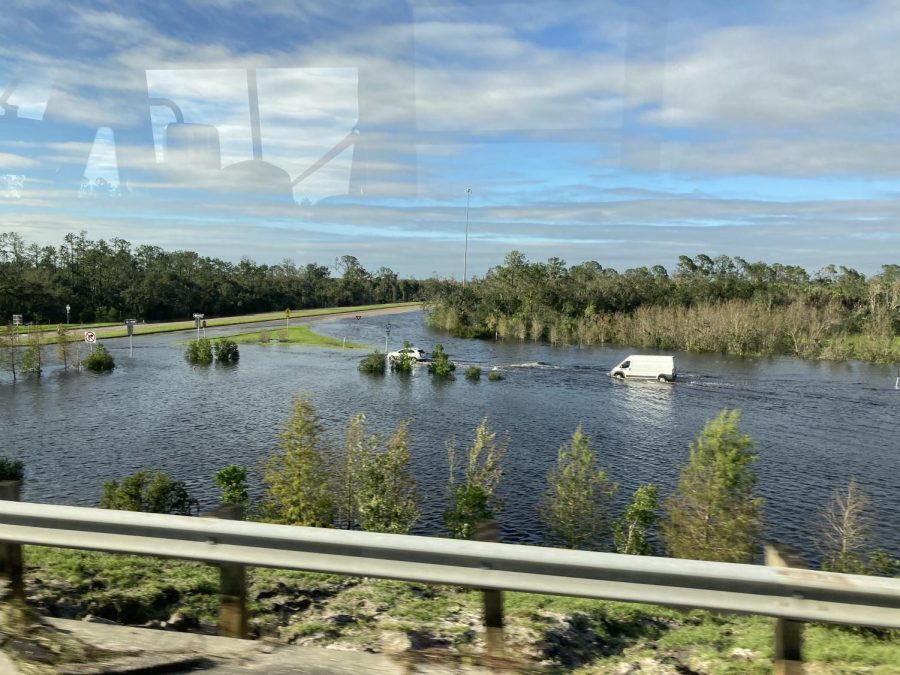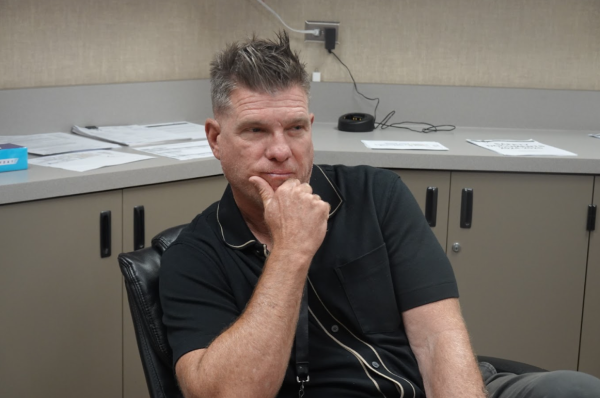Hurricane Ian
Hurricane Ian tied for the fifth-strongest hurricane in the United States. It is regarded as actually one of the most consequential hurricanes in the history of the nation, as it leads several structures and businesses destroyed in its path. The Category 4 hurricane was known to unleash more than 20 inches of rain in some parts of Florida, the state incredibly impacted by this natural disaster.
The hurricane was most notorious for its sheer floods. Over 15 feet of rain hit some areas, and people were forced to evacuate ahead of time. The Seminole County region of Florida was most rendered inaccessible. The city of Geneva, which was located between the river and the tow lakes, is completely flooded. Likewise, the St. Johns river, beginning Southeast of Orlando, flows through several cities on the east side of Florida’s peninsula.
The river was about 300 miles long and has only 30 feet of a drop. However, it is an incredibly slow-moving river, and officials believe that the flooding could continue for quite some time. Hurricane Ian dropped over 22 inches of rain in this area, and the situation is still very unstable.
On the other hand, over 6000 flights were canceled due to the hurricane. About 2,000 flights were canceled during a three-day period, which were scheduled to take landing in Florida and South Carolina. While most airports were operational, many flights were not in effect.
Just as high of a number, there were 2.5 million evacuation orders throughout the state. Millions of Floridians were ordered to evacuate just before Ian approached. Although over hundreds of evacuation centers opened up, many people refused to evacuate. The most difficult encounters were described by those who stayed back.
Along with the hurricane, there were 3.4 million plus power outages. At the time of the hurricane, there were several million customers left in the dark. North Carolina recorded around 350,000 people without power, while nearby states also added to the numbers. However, the US failures are little compared to Cuba, which had about 11 million people go in the dark throughout the island.
In regards to storm statistics, there were a variety of events that propelled the downfall during the natural disaster. The aftermath of the hurricane also includes an incredibly dangerous finding. Parts of Florida who were impacted by hurricane Ian are experiencing the double amount of infections for ma flesh-eating bacteria, which develops in brackish floodwaters.
The Florida department of health has seen 65 cases of the bacteriana, Vibria vulnificus. Lee county accounts for 45 percent of the total cases. Currently, floodwater contact is a huge risk. The residents of Florida are encouraged to wash any wounds when coming near floodwater. They have been advised not to ingest any food that has touched the floodwaters.

Akshata is a senior who loves to be creative and put her mind to things. She has been in the newspaper for three years, and is excited to finish her final...






